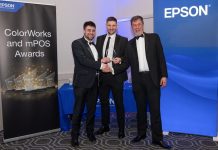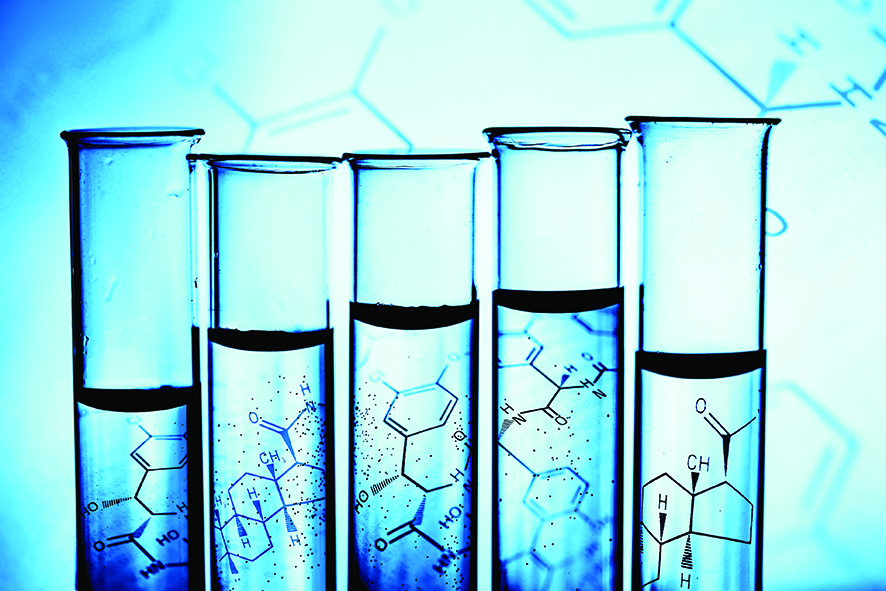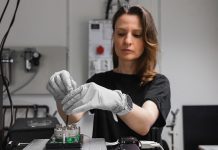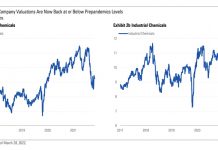Researchers from the Johns Hopkins Bloomberg School of Public Health in the United States have created a map of the world’s chemical landscape, showing 10,000 chemicals for which there is available safety data.
The map is designed to help regulators, manufacturers and scientists obtain a good idea about whether chemicals for which there is little research are harmful or not. The research was done by creating a database of the 816,000 research studies conducted on 10,000 chemicals registered in Europe. Study leader Thomas Hartung, MD, PhD, the Doerenkamp-Zbinden Professor and Chair for Evidence-based Toxicology at the Bloomberg School, said: “There are 100,000 chemicals in products we use every day and we are missing 90 per cent of the safety information we need. “It would take billions of dollars to test every one of them, which is very cost-prohibitive. To address this, we have come up with a computer model that can tell us which chemicals are similar to untested ones to give us an idea of what types of hazards they are likely to pose.”
The map produced by Thomas Hartung’s team grouped chemicals by their known toxicities. The most prevalent hazards are that a chemical may cause an allergic skin reaction (20 percent) or cause serious eye damage (17 per cent) but hazards also include toxicity when inhaled or swallowed, flammability, organ damage and many more. Thomas said: “This is an extremely pragmatic system. You’re never sure there’s not going to be a surprise but this enormous database makes surprises much less likely.” He said that just because a chemical is deemed unsafe in certain ways doesn’t mean it can’t be used, adding: “If a tiger is in a cage, it’s not harmful to you. It’s the same with a chemical. If you’re not exposed, it’s not a problem for you. So if you know something is corrosive to the skin, you need to take care not to use too much and to protect the skin. Knowledge can help you protect yourself.” The team is creating a spin-off company, to be called ToxTrack, which will make the analysis available as a web-based service.
New division created
US company Sun Chemical has formed a new Advanced Materials division which features an expanded portfolio of technologies from both Sun Chemical and DIC, its parent company. Sun Chemical Advanced Materials will deliver to markets including automotive, inkjet, electronics, architectural and industrial coatings, aerospace, printed circuits, photovoltaics, printed electronics, plastic cards, water degassing and plastics.
Award for company
Mitsui Chemicals, Inc, of Toyko, has been selected by the Catalysis Society of Japan to receive the 2015 Award for Education. The selection committee praised the company’s youth education programmes, including its ‘Laboratory Class in the Wonders of Chemistry’ which aims to promote interest and a deeper understanding of chemistry among children by supporting their participation in experiments under the supervision of company staff.
Anniversary celebrated
German company BASF is celebrating the 125th anniversary of its leather chemicals business, which has included products to help tanneries lower their carbon footprint, water and energy usage. BASF’s history with the natural material leather started in 1891, and the first leather laboratory was established in 1895 in Ludwigshafen, Germany.
Plastics recycling surges
The recycling of post-consumer rigid plastics surged 27 per cent, in 2014 to reach a new high, according to a report. The report by Moore Recycling Associates Inc also indicated that the reported volume of recycled rigid plastics—tracked separately from bottles or film—is now four times greater than the volume reported in 2007.














